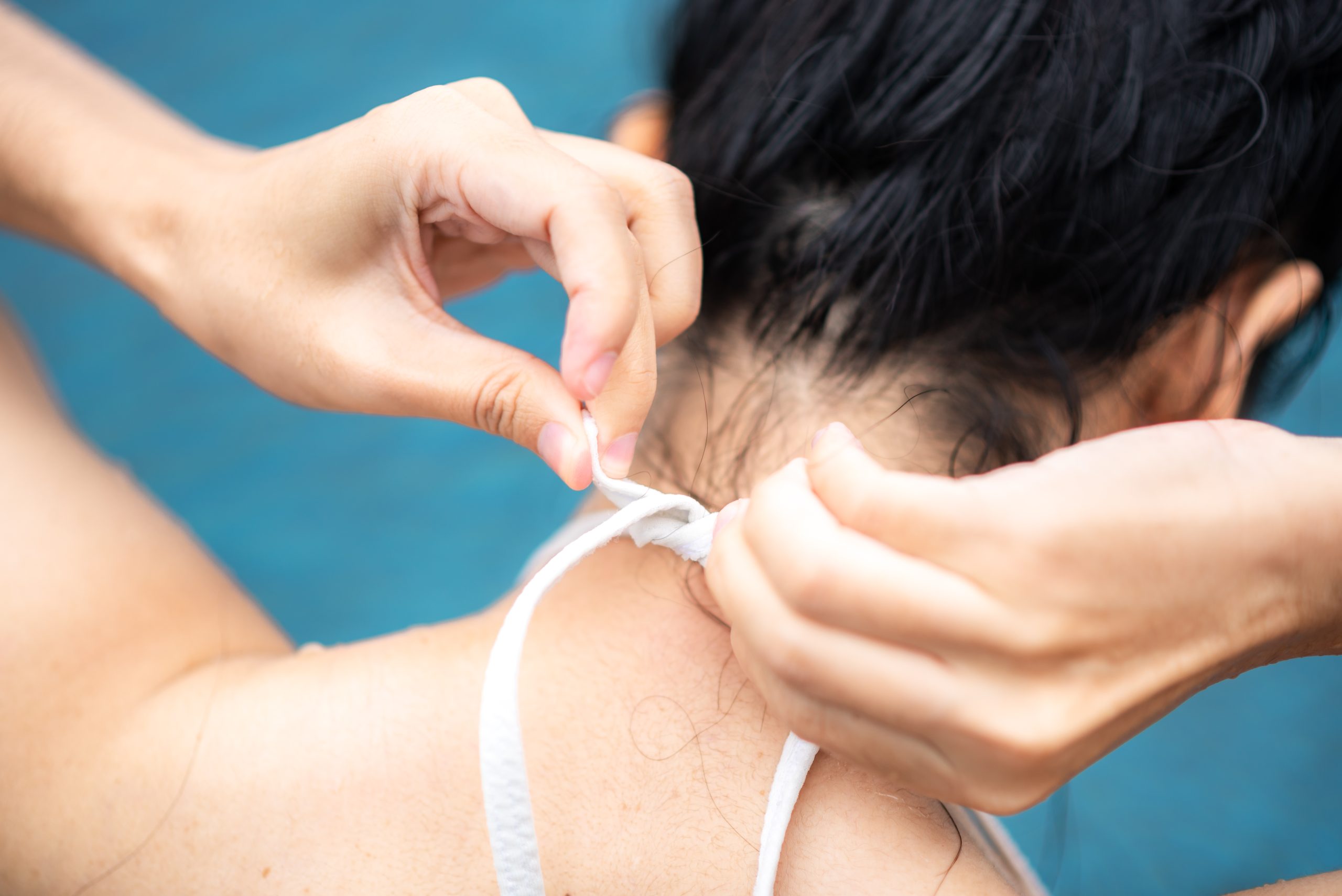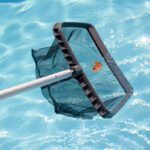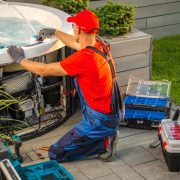
Does Chlorine Kill Lice? Treating Swimming Pools After Lice Exposure
As summer approaches and swimming pools become a popular destination for cooling off and having fun, concerns about hygiene and safety naturally arise. One common question that may come to mind is whether chlorine effectively kills lice in swimming pools. Additionally, if someone with lice has swum in a pool, what steps should be taken to ensure the pool is safe for others? In this blog post, we’ll explore whether chlorine kills lice and discuss proper procedures for treating swimming pools after lice exposure.
Does Chlorine Kill Lice?
Chlorine is a powerful disinfectant commonly used in swimming pools to kill bacteria, viruses, and other microorganisms. However, when it comes to lice, chlorine may not be as effective. Lice are parasites that infest the hair and scalp of humans and feed on blood. While chlorine may temporarily immobilize or drown lice in water, it is unlikely to kill them outright, especially if they are attached to the hair and scalp.
Treating Swimming Pools After Lice Exposure
If someone with lice has swum in a pool, it’s essential to take prompt action to minimize the risk of lice transmission to others. Here are the steps to follow for treating the swimming pool after lice exposure:
- Close the Pool: As soon as you become aware that someone with lice has been in the pool, close the pool to prevent further exposure and potential transmission to other swimmers.
- Notify Pool Users: Inform anyone who may have been in contact with the infested individual about the situation, advising them to take precautions and refrain from using the pool until it has been treated.
- Increase Chlorine Levels: While chlorine may not effectively kill lice, it can help disinfect the pool and reduce the risk of bacterial or viral contamination. Increase the chlorine levels in the pool to the recommended range for superchlorination, typically between 5 and 10 parts per million (ppm).
- Maintain Filtration and Circulation: Ensure that the pool’s filtration and circulation systems are operating effectively to help remove any contaminants from the water.
- Shock Treatment: Consider performing a shock treatment to further sanitize the pool and eliminate any remaining microorganisms or parasites. Follow the manufacturer’s instructions carefully when adding shock treatment chemicals to the pool.
- Monitor Water Quality: Regularly test the pool water to ensure that chlorine levels remain within the recommended range and adjust as needed to maintain proper disinfection.
- Wait Before Reopening: Allow sufficient time for the chlorine levels to return to normal and for the water to circulate and filter effectively before reopening the pool to swimmers.
Conclusion:
While chlorine may not be effective at killing lice in swimming pools, it is still important to take precautions and treat the pool properly after lice exposure to minimize the risk of transmission to others. By following the steps outlined above and maintaining proper pool maintenance practices, you can help ensure a safe and enjoyable swimming experience for all. If you have further concerns about lice exposure or pool sanitation, consider consulting with a professional pool technician or healthcare provider for guidance.




